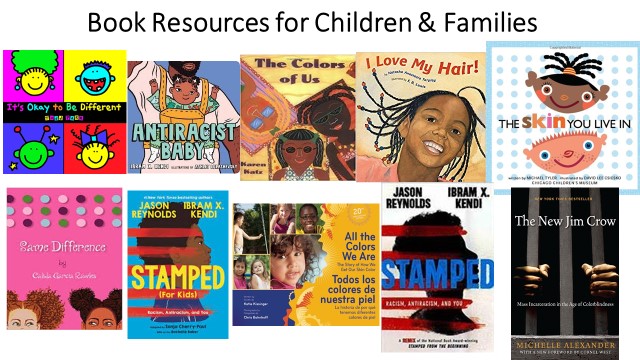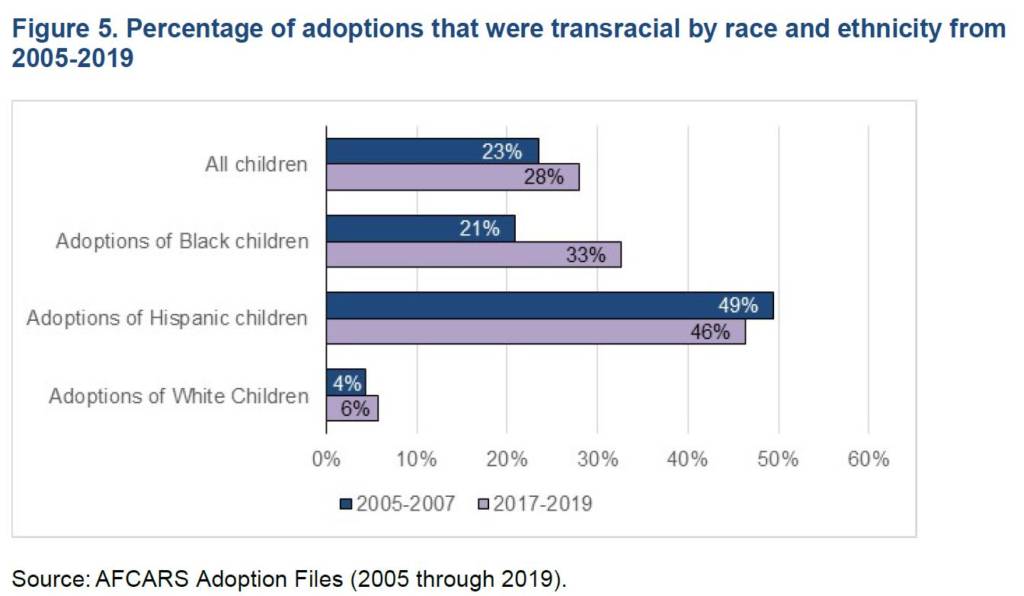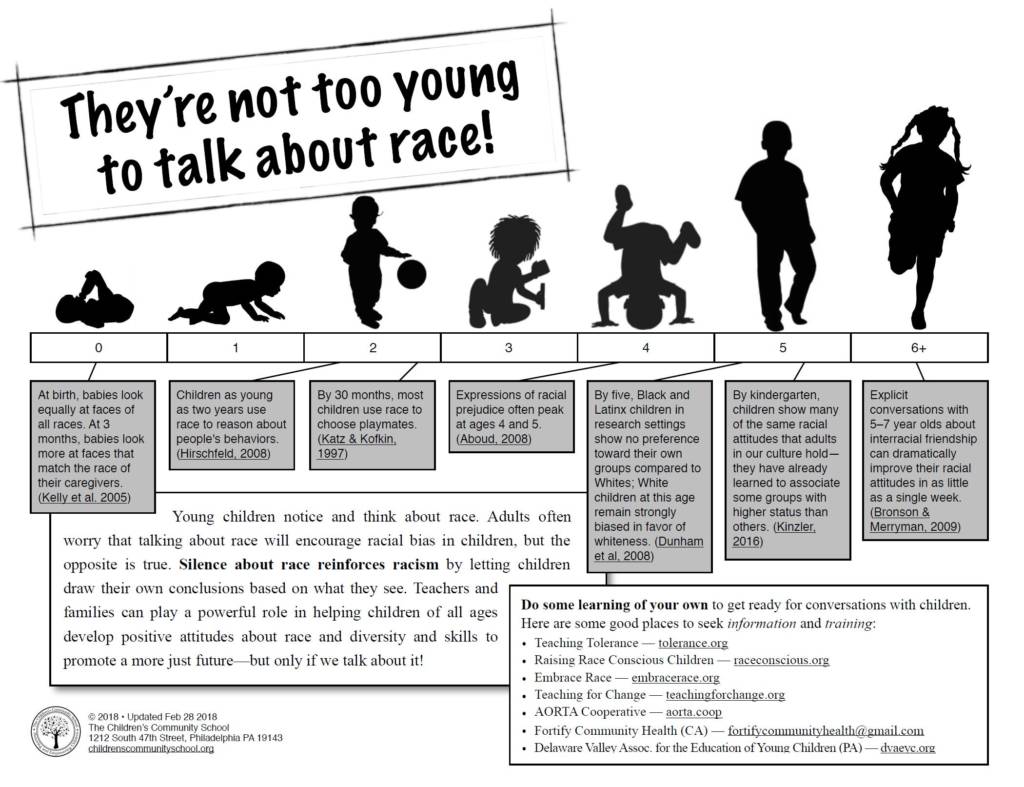“I long, as does every human being, to be at home wherever I find myself.”
Maya Angelou
Growing up in the foster care system is often a lonely and traumatic experience. Growing up with caregivers of a different race within that system can be even more isolating. While the Multiethnic Placement Act of 1994 improved timeliness of permanency for children in the foster care system, it also increased the rates of transracial placement and adoptions.
We are grateful for every family willing to provide a safe and loving home for these children, but it is important to know the challenges, anticipate barriers, and work to improve development of a a healthy sense of self- and cultural-identity in these children.
The First Step: Awareness
In an effort to ease the barriers of Transracial foster care and adoption, first and most importantly, be aware of your own race-based privileges and biases. We all have them. Being “color-blind” is a disservice to people of color, and your child. Take time to develop deeper understanding of what it is like to be a person of color through intimate personal conversations, reading books that address this topic, or finding transracial adoption support groups and resources to help develop deeper insight. When doing so, be open and aware of challenges facing that cultural group, and work to improve this for their community as a whole, not just for your child.
Being aware of challenges, discrimination, stereotypes, and biases that may affect your children because of their race is an important step in helping combat those experiences they will likely face in the world. Once you are aware of racial discrimination and prejudices, practice addressing these directly within your own inner circle. Learn to observe, report and confront prejudices within systems that will affect your children and members of their racial community.
Expand Your Circle
As you seek to care for your child, be intentional about making connections and promoting a sense of belonging within their racial and cultural group. Representation matters, and it is important for your child to see themselves in positive ways within their environment. This may mean moving to a more diverse neighborhood, attending a multicultural or multiracial church, or seeking diversity in the team of professionals (including doctors) that help care for your child. Establish a support network for your child, and even your own personal friendships, that include members of your child’s race. Ask for help when needed, and accept feedback and advice given about their cultural needs, including care of their hair and skin.
Talk About It. (The Earlier the Better.)
Research has disproved the popular belief that children only have racial biases if they are directly taught to do so. Young children are not born “color blind” when it comes to race. Recent studies show that children develop race-based awareness in infancy and toddlerhood. The Clark Doll study, initially conducted in the 1940s but replicated many times over the last 80 years, found that black children formed a racial identity by the age of three and had begun to attach negative traits to their own racial identity based on information from the world around them.
Don’t be afraid to talk to your children about race, and other differences in people. In fact, intentionally expose your children to the differences of people. Be intentional about celebrating differences and seek opportunities for positive exposure to their own race and culture. This can be done through access to book, movies, TV shows, toys, historical figures, holidays, community activities, mentors, etc. Be prepared to answer questions about differences they notice. Be honest, but simple in your responses.
Responding to Prejudice and Racism
Be prepared to coach your children in how to respond to prejudice, long before they actually experience them. Research indicates that most children of color have experienced prejudice by age 8. Being prepared with responses to address double standards, slander, interracial dating, etc. will help you be thoughtful when giving responses to those experiences. Validate their experiences and emotions, and be clear about how wrong racial prejudices are. Advocate for them, and then them to accept others and advocate for others.
It may be helpful to coach them how to respond utilizing the following tips:
- Be selective in confrontations, and in situations that are unsafe, avoid confrontation.
- Help them prioritize what to confront, and work to find the right time to confront.
- Teach them to focus on goal-oriented responses.
- Focus on whole person identity.
- Teach them about institutional and organizational resources and strategies to combat racism.
- Encourage self-advocacy and empowerment through collective race-based advocacy with organizations like the NAACP, Urban League, United Way, and the Racial Equity Institute.
“Not belonging is a terrible feeling. It feels awkward and it hurts, as if you were wearing someone else’s shoes.”
Phoebe Stone






